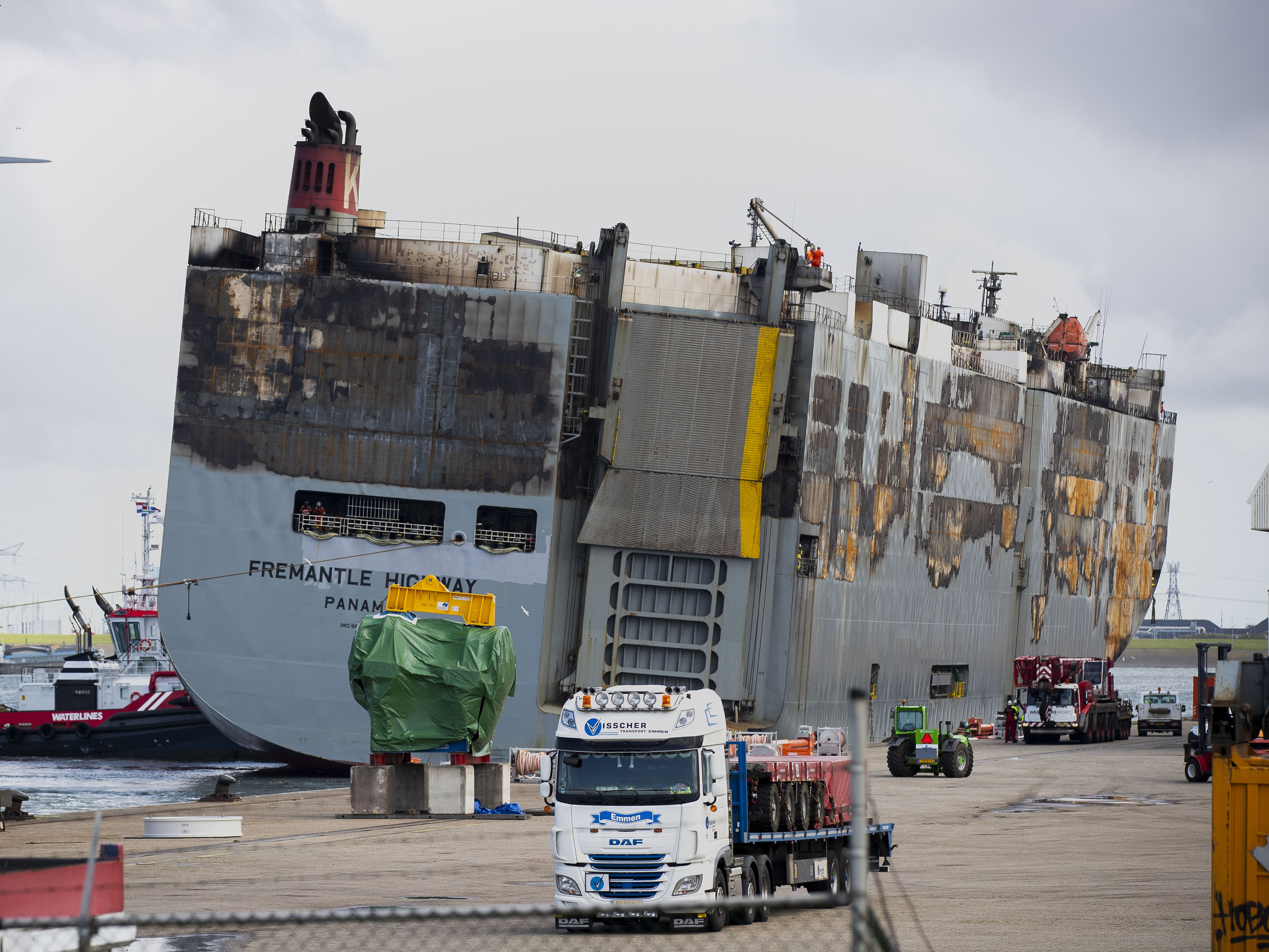
In the emerging details of the Fremantle Highway disaster, it turns out that one crewman died and 16 were injured when they jumped 30 metres into the sea to escape the flames onboard. Out of a crew of 23, only six crewmembers survived without injury.
The current instructions to hold a lifejacket in place with one arm are dangerous and are an invitation for injury or worse. After a free drop of 30 meters the human body will be at or near maximum velocity when it hits the water, Easily enough to break bones or your neck if not done correctly. During my cadetship, we were taught to hold the lifejacket down hard with both hands, take a deep breath and jump, keep both feet together and enter the water vertically, feet first. Now, with over 50 years’ experience at sea and having completed an official PST course in August 2015, I appreciate the stupidity of the current instructions and think back to my own injury from using them and jumping while on the course.
In the aftermath of the (unsuccessful) evacuation from Fremantle Highway, is it not time that we stopped giving mandatory instructions to crew members that can cause injury or death?
Charles Batchelor
More letters
It’s never right to attack civilian seafarers
I was saddened to see the footage of the attack by Ukraine on the two tankers in the Black Sea on 29 November. My heart goes out to the crew and officers who are, in my mind, not combatants in the Russia/Ukraine war.
There's no crisis in the yacht sector
I read Rob Coston's interview with yacht sector recruitment agent Max Lee on your website and found it sensationalist. In my opinion, it incorrectly described the situation regarding safety in yachting as a 'crisis'.
Expertise needed for my student cybersecurity survey
I am a first-year cadet, with experience as a rating, who is conducting a survey on the shipside adaptation of cybersecurity practices, and I would be extremely grateful if fellow Nautilus members could complete a short survey for me.
